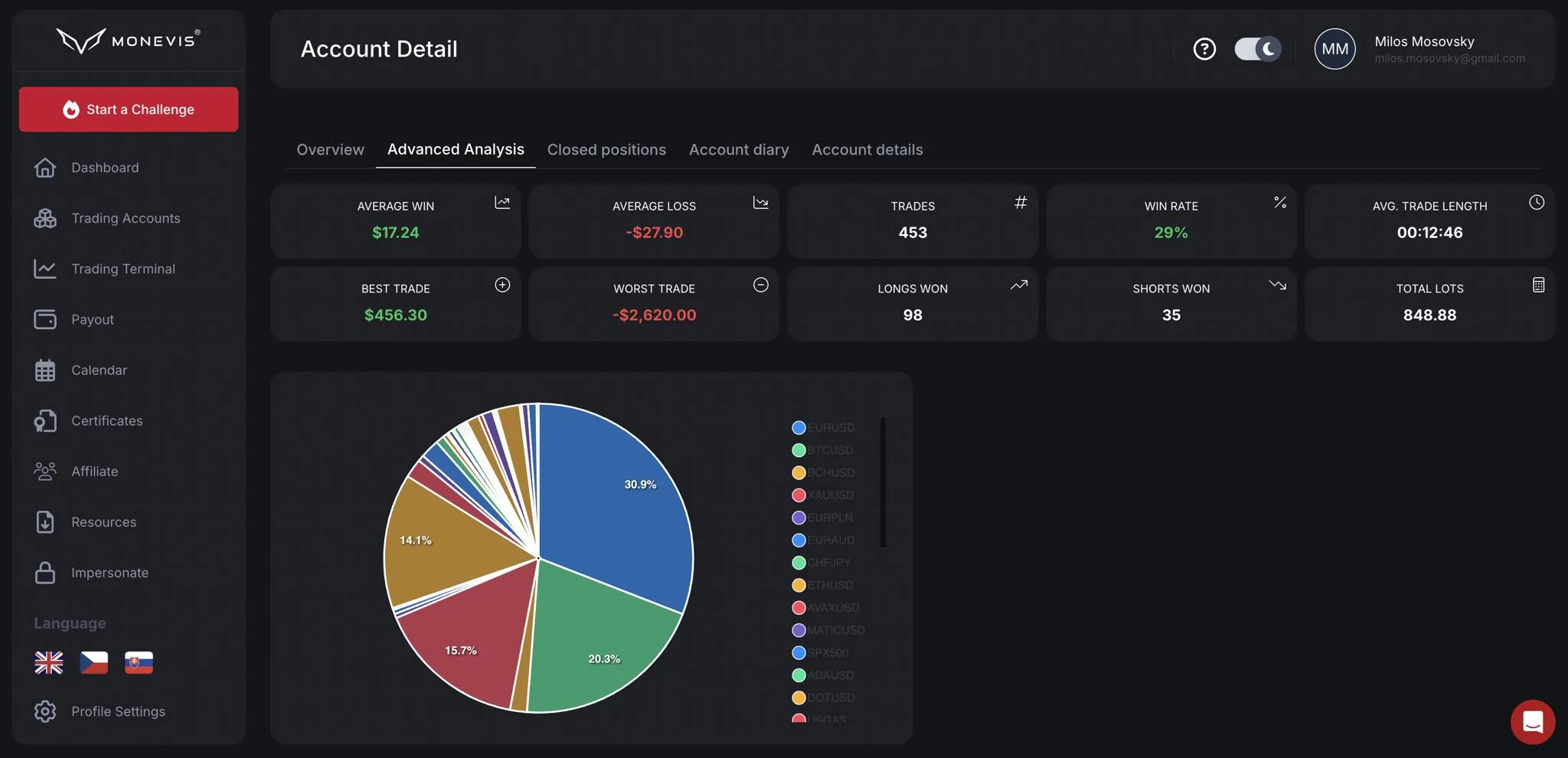SICAK İPUCU: Monevis® ile ticaret potansiyelinizi ortaya çıkarın

The Elliott Wave Theory is one of the most prominent tools in technical analysis, used to predict market movements based on the natural rhythms of collective investor behavior. Whether on the forex market, stocks, cryptocurrencies, or commodities, this methodology offers traders a deeper understanding of market dynamics.
What Are Elliott Waves?
Developed by Ralph Nelson Elliott in the 1930s, the Elliott Wave Theory posits that markets move in repetitive patterns known as waves. These waves are driven by shifts in investor psychology and follow a clear structure.
- Impulse Wave (5 Waves):
The main trend of the market consists of five waves – three moving in the direction of the trend (1, 3, 5) and two corrective waves (2, 4). - Corrective Wave (3 Waves):
Corrections against the main trend are composed of three waves (A, B, C).
Practical Applications of Elliott Waves
- Identifying Trends
Elliott Waves help traders determine whether the market is in an uptrend, downtrend, or correction phase. - Forecasting Future Movements
Thanks to repetitive patterns, traders can anticipate where the market is within a cycle and predict subsequent moves. - Finding Entry and Exit Points
Elliott Waves guide traders to optimal entry and exit points, improving overall trade success rates.
Relationship Between Elliott Waves and Fibonacci Levels
The Elliott Wave Theory often works hand-in-hand with Fibonacci retracements and extensions. Fibonacci numbers help identify likely reversal areas in the market, such as the depth of a correction or the length of the next impulse wave.
For example:
- Wave 2 corrections often retrace 50%, 61.8%, or 76.4% of Wave 1.
- Wave 3 is typically the longest and most powerful wave, often extending to 161.8% of Wave 1.
How to Start Using Elliott Waves
- Study Historical Data
Recognizing patterns takes practice. Analyze charts and try to identify 5-wave impulse structures and 3-wave corrections. - Use Multiple Timeframes
Elliott Waves work across all timeframes, from minute charts to long-term monthly trends. - Combine With Other Tools
Elliott Waves are most effective when paired with other technical tools like RSI, MACD, or trendlines.
Advantages and Disadvantages of Elliott Waves
Advantages:
- Allows for high-precision market predictions.
- Applicable to all markets and timeframes.
- Offers deep insights into market psychology.
Disadvantages:
- Wave interpretation is subjective and may vary among traders.
- Requires significant study and experience.
Sonuç
The Elliott Wave Theory is a complex yet invaluable tool for traders aiming to gain a competitive edge. Success with this method requires patience, practice, and a willingness to combine it with other analytical approaches. Whether you’re a beginner or an experienced trader, mastering Elliott Waves can transform how you approach market predictions and trading strategies.
SICAK İPUCU: Monevis® ile ticaret potansiyelinizi ortaya çıkarın

